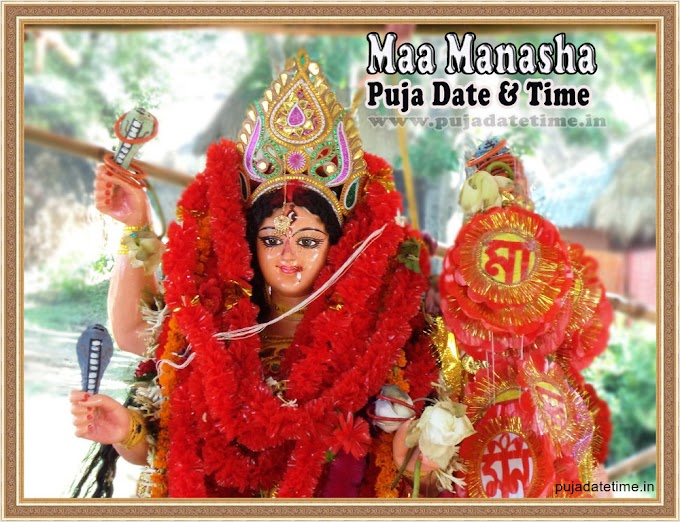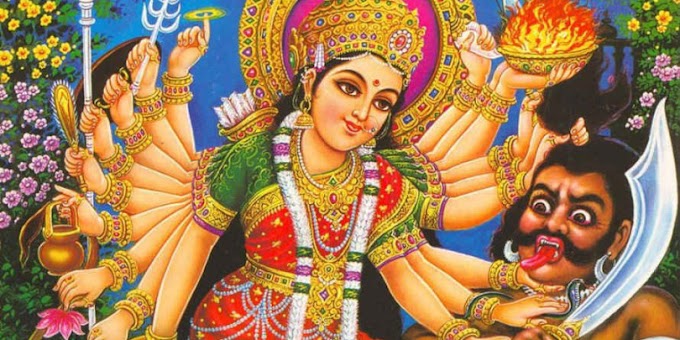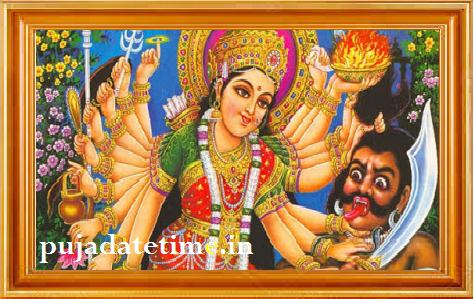About Jagannath temple: The Jagannath Temple (জগন্নাথ মন্দির) is a Hindu temple dedicated to Lord Jagannath, a form of Lord Vishnu, located in the coastal city of Puri in the Indian state of Odisha. The temple is considered one of the four sacred dhams (pilgrimage sites) of Hinduism and attracts thousands of devotees from all over India and the world every year.
The temple has a long history and is believed to have been built in the 12th century by King Anantavarman Chodaganga Deva. It has undergone many renovations and expansions over the centuries, and its present form is the result of renovations and additions made in the 19th century.
The temple complex covers an area of approximately 10.7 acres and includes several buildings and structures, including the main temple, called the "Deula," the kitchen, known as the "Bhogmandir," and several smaller temples dedicated to other deities. The temple is famous for its annual Rath Yatra festival, in which the deities are taken out of the temple in a procession on large, elaborately decorated chariots.
In addition to its religious significance, the Jagannath Temple is also an important cultural and architectural site, and is recognized as a UNESCO World Heritage Site as part of the "Group of Monuments at Puri."
History of Jagannath Temple
Jagannath Temple is a famous Hindu temple dedicated to Lord Jagannath located in Puri, Odisha, India. It is considered one of the Char Dhams (four sacred pilgrimage sites) and one of the holiest places of worship for Hindus. The temple has a rich history and has been a major center of pilgrimage for centuries.
According to legend, the original temple was built by King Indradyumna, a ruler of ancient Odisha, in the 12th century. The temple was destroyed and rebuilt several times over the centuries, with the current structure dating back to the late 19th century.
The Jagannath Temple is known for its annual Rath Yatra (chariot festival) during which the deities are taken out in grand processions on massive chariots. The festival attracts millions of pilgrims from all over India and is considered one of the largest gatherings of people in the world.
In addition to its religious significance, the Jagannath Temple also has historical and cultural importance. It was a major center of classical Indian dance and music, and the temple's traditional performances of the Odissi dance form are still popular today. The temple is also known for its intricate carvings and sculptures, and its architecture is considered a masterpiece of Kalinga style.
Despite its long history and cultural significance, the Jagannath Temple has faced many challenges over the centuries, including natural disasters, attacks by invading armies, and disputes over control of the temple. However, it has remained a major center of Hindu worship and a symbol of Odisha's rich cultural heritage.
Deities of Jagannath Temple
The Jagannath Temple in Puri, Odisha, India is dedicated to three main deities: Lord Jagannath, Lord Balabhadra, and Goddess Subhadra.
- Lord Jagannath: Lord Jagannath is considered a form of Lord Vishnu and is considered the main deity of the temple. He is depicted as a wooden statue with large round eyes, a crown, and a garland of flowers.
- Lord Balabhadra: Lord Balabhadra is the brother of Lord Jagannath and is also considered a form of Lord Vishnu. He is depicted as a powerful warrior with a mace and a plough.
- Goddess Subhadra: Goddess Subhadra is the sister of Lord Jagannath and Lord Balabhadra. She is depicted as a beautiful young woman and is considered a form of the goddess Durga.
These three deities are worshipped together as a family and are considered the manifestation of the divine in the temple. They are said to bring blessings and protection to all those who worship them, and their annual Rath Yatra is one of the most important festivals associated with the temple.
In addition to the main deities, the Jagannath Temple also houses several other shrines dedicated to various Hindu gods and goddesses, such as Lord Krishna, Lord Rama, and Lord Shiva. The temple is considered a major center of Hindu worship and attracts millions of pilgrims from all over India and around the world.
Legends of Jagannath Temple
There are several legends associated with the Jagannath Temple that have been passed down through the centuries. Some of the most popular legends are:
- The Legend of King Indradyumna: According to this legend, King Indradyumna was a devotee of Lord Vishnu and wanted to build a temple to honor him. He received a divine vision of Lord Jagannath and set out to find a log that would become the deity's image. He eventually found the log in the forests of the Sahyadri Mountains and had it transported to Puri, where the temple was built.
- The Legend of the Deities: It is said that the deities of Jagannath, Balabhadra, and Subhadra were carved by a divine carpenter, Visvakarma, who was aided by Lord Jagannath himself. However, before the deities could be installed, Visvakarma disappeared and left the deities unfinished. Despite their incomplete form, the deities are still worshipped in the temple as the manifestations of Lord Jagannath, Balabhadra, and Subhadra.
- The Legend of the Rath Yatra: The Rath Yatra, or the Chariot Festival, is one of the most important festivals associated with the Jagannath Temple. According to legend, Lord Jagannath became homesick and decided to visit his birthplace, the village of Bindusarovar. The Lord's devotees built three grand chariots to carry the deities, and the Rath Yatra has been held annually ever since.
What is the time of worship at Jagannath Temple?
The timings of worship at the Jagannath Temple in Puri, Odisha, India vary depending on the time of year and the specific rituals being performed. However, here is a general outline of the daily schedule of worship at the temple:
- Mangal Aarati: This is the first worship of the day and takes place at 5:00 AM. Aarati is a ritual in which light is offered to the deities in the form of lamps or candles.
- Abakasha: This is a ritual in which food is offered to the deities. It takes place at 7:00 AM and is followed by the first darshan (viewing) of the deities.
- Mailam: This is a ritual in which the deities are bathed and dressed. It takes place at 8:00 AM.
- Tadhau Niti: This is a ritual in which the deities are adorned with jewelry and other decorations. It takes place at 9:00 AM.
- Rosha Homa: This is a ritual in which offerings are made to the deities in the form of fire. It takes place at 11:00 AM.
- Dhupa: This is a ritual in which offerings of food are made to the deities. It takes place at 12:00 PM.
- Sandhya Dhupa: This is a ritual in which food is offered to the deities in the evening. It takes place at 7:00 PM.
- Bhog Arati: This is the last worship of the day and takes place at 9:00 PM.
These are the general timings of worship at the Jagannath Temple, and they may vary during special festivals or events. Visitors are advised to check with the temple authorities for the most up-to-date information.




.jpg)





0 Comments